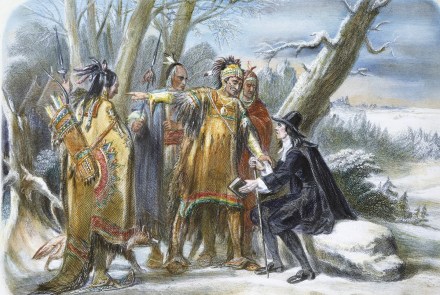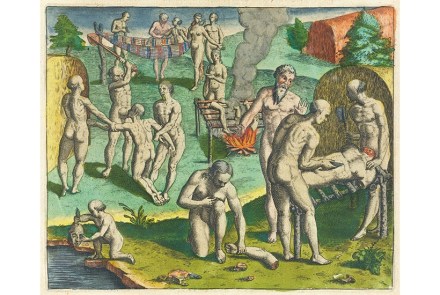From persecuted to persecutors: The Mayflower Pilgrims fall out
The Mayflower’s journey did not simply end with landfall at Plymouth Rock, if indeed it ever arrived there in the first place — John Turner points out that no mention was made of the rock for 150 years after the Pilgrims disembarked; but the little ship has continued its voyage into mythology ever since. At the end of The Great Gatsby, Scott Fitzgerald writes of that ‘transitory enchanted moment’ when human beings came face to face with something commensurate with their capacity for wonder. The Pilgrims gave substance and longevity to that transitory vision when they set up their community in the wilderness. Ten years later the Arbella arrived just



